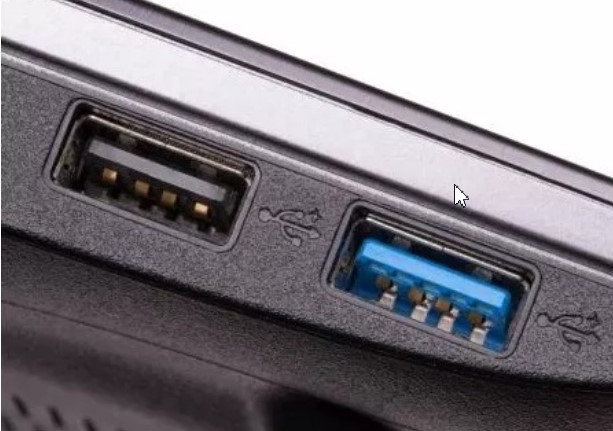Over the past 14 years, USB has become the standard interface for connecting external peripherals to a computer. Storage media, video cameras, printers, scanners, mouse, and keyboards are usually related to USB ports.
The modern era computers now integrate USB 3.0 ports. But what are the differences between USB 2.0 and USB 3.0?
Furthermore the commencement of USB 3.1 will allow you to use the reversible cables and connectors; the connection of USB 3.0 peripherals is also possible on USB 2.0 ports. These devices will regularly work (the USB 3.0 specifications guarantee backward compatibility with USB 2.0) with the only difference that the data transfer will take place at a lower speed.
Performance improvements
The USB standard defines the speed at which information is exchanged. The theoretical transfer speed in the case of USB 2.0 (officially presented in 2001) is 480 Mbit / s; USB 3.0 (introduced in 2010) instead raises it to 5 Gbit / s: on USB 3.0 card, it is ten times faster than USB 2.0.
In reality, the “bottlenecks” present in the various USB devices do not even allow you to approach these theoretical speeds. For example, in USB storage drives, data trans, for rates, are primarily affected by the performance guaranteed by flash memory.
USB 3.1, introduced in July 2013, further elevates theoretical transfer speeds up to 10 Gbit / s by aligning the USB interface’s performance to the first version of Thunderbolt.
Difference between USB 2.0 and USB 3.0: how to recognize ports
Which ports are USB 2.0 and which are USB 3.0? What are the main differences? Recognizing the USB 2.0 and 3.0 ports is very simple: the former is usually black or gray while the latter is blue. In the image, the port on the left is a USB 2.0, while the one on the right is a USB 3.0.

When powered on, USB 2.0 peripherals must draw a maximum current of 100mA while USB 3.0’s 150mA.
During the so-called enumeration, an operation with which the host identifies which peripherals connected, higher current values can be absorbed: up to 500 mm in the case of USB 2.0 and 900 mm in the case of USB 3.0. With USB 3.0, therefore, there is also an increase in the powers involved (from 2.5 W to 4.5 W, at 5 V) even with energy consumption optimization.
In the case of USB 2.0, the cables can be up to 5 meters long. The USB 3.0 specification does not clarify this, even if the maximum value of 3 meters is universally accepted.
Products that support USB 2.0 and USB 3.0 also differ in cost: the former is certainly cheaper while the latter is a bit pricey in comparison. A USB 2.0 key or external hard drive is undoubtedly more than suitable for copying files from time to time but is less ideal than USB 3.0 products if you have to move many files frequently, especially if they are heavy.

A tech-savvy writer with a knack for finding the latest technology in the market, this is what describes John Carter. With more than 8 years of experience as a journalist, John graduated as an engineer and ventured soon into the world of online journalism. His interest includes gadget reviews, decoding OS errors, hunting information on the latest technology, and so on.













